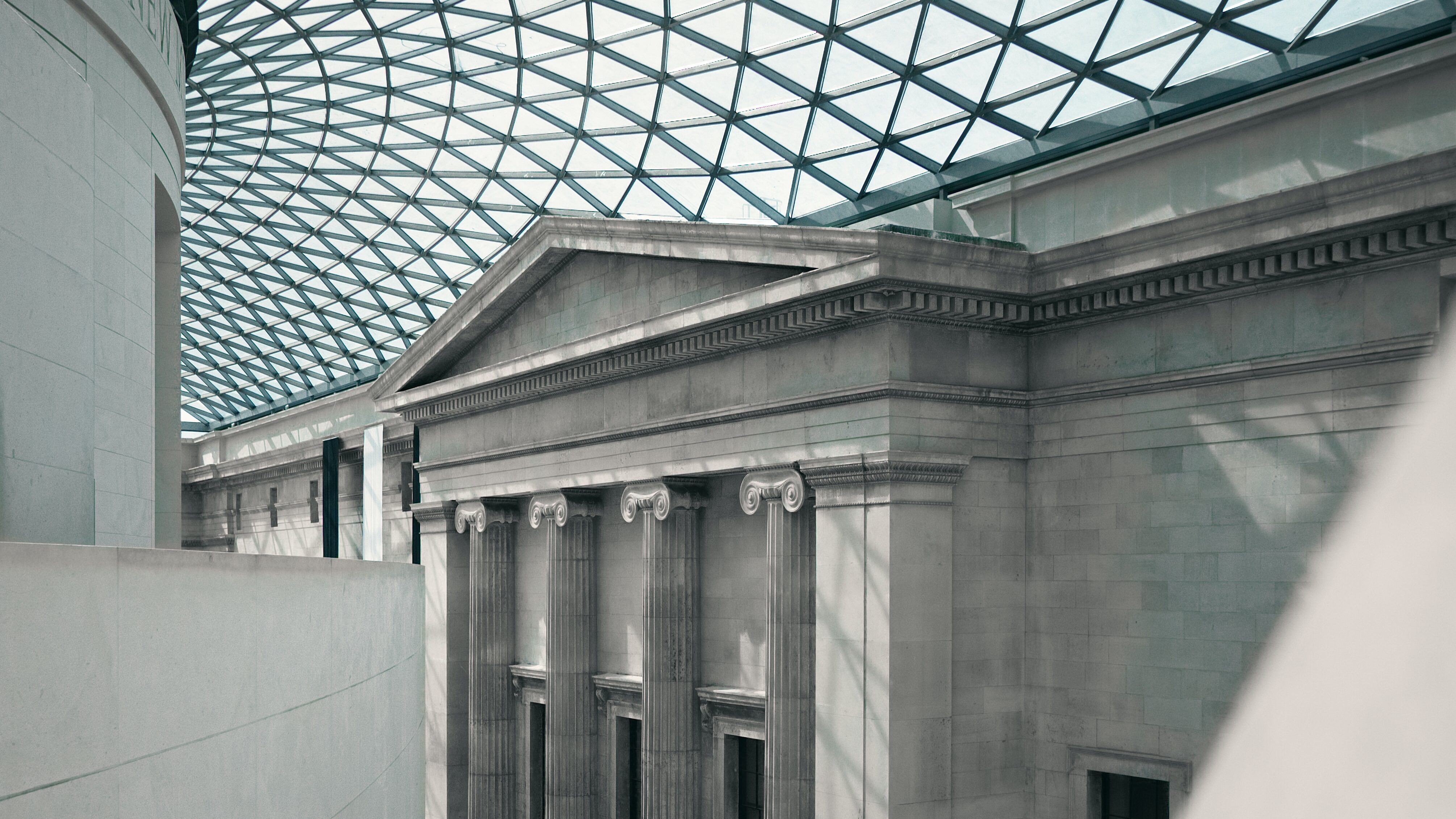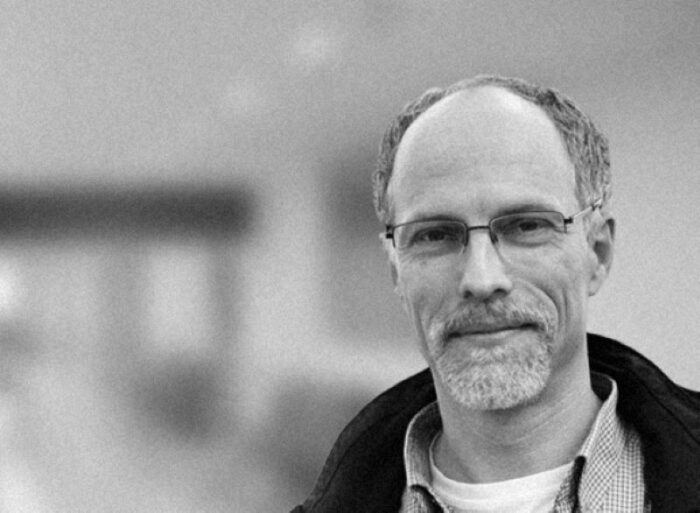
In turn, we use cookies to measure and obtain statistical data about the navigation of the users. You can configure and accept the use of the cookies, and modify your consent options, at any time.

What objects and stories from the past and present should we leave behind for future generations? How do we decide what to — and what not to — inherit from the past, and who can or should do this remembering, on behalf of generations yet to be born? These are the kinds of difficult but vital questions that arise when we attempt to make systems and rules for how we preserve our common cultural heritage — defined by UNESCO as ‘a product and a process, which provides societies with a wealth of resources that are inherited from the past, created in the present and bestowed for the benefit of future generations’.

Although some might associate the work being done by those working to preserve cultural heritage with a kind of static custodial archiving of old objects and artifacts, the field — both its theoretical and practical dimensions — is undergoing significant shifts today. To better understand these perspectives on deeper futures, I met with Cornelius Holtorf, who recently co-edited (with Anders Högberg, Professor of Archaeology at Linnaeus University) the book Cultural Heritage and the Future (2021), which seeks to put the emerging field of heritage futures on the radar for a wider public.
The current thinking in the field of cultural heritage is driven by what we can call the ‘preservation paradigm’, wherein it is challenging to talk about cultural heritage without mentioning potential future threats to preservation like war, political, ethnic and religious conflict, illicit trafficking of cultural property, deterioration and climate change. Risks like these are the reason why cultural heritage is often protected, both through national legislation and via UNESCO’s World Heritage Convention, which not least defines the kind of natural and cultural sites that can be considered for inclusion on the World Heritage List. Yet despite all the good it does in preserving human legacy for future generations, this kind of stewardship of the past also comes with challenges. Acting with the best intentions according to present preferences and beliefs may not always align with those of the future. We must try and minimise presentism, which means to assume that what we believe today is going to be the norm for decades or longer. To curb that, we can borrow the long view from futures studies and foresight to imagine impacts of future transformations such as climate change or global migrations, in order to start questioning present heritage practices.

As examples of how our practices and beliefs around cultural heritage may change in the future, we can look to trends like population growth, urbanisation and migration, and how these might impact our values — and thus also our priorities when it comes to preservation in the future. Heritage futures questions many things, including notions of land ownership linked to cultural heritage. As populations grow and migrations increase, land may become more precious in the future, with more diverse groups needing to make a living and have a place to feel at home. We also see that the reliability of demographic trends like ageing, urbanisation and better health is relatively stable for the foreseeable future, and as more of us will live in cities, future heritage matters will increasingly become urban matters. Maybe not forever, but for a time. Considering this, we can question the heritage sector’s strong focus on conserving stone walls and historical buildings in the countryside. All of this gives rise to some critical questions for the future of heritage. These include how we can change nationalistic perceptions of heritage ownership into concepts of shared heritage in the future; how heritage can connect more people from all walks of life, particularly the new digital and urban generations; and how, in contemporary circumstances, uses of 20th-century heritage can respond to memory loss and imaginatively engage people across generations.
Indeed, the first strategy rests on the idea that the future is a continuity from the past, with traditions being handed down through generations. The second strategy considers the risk of a collapse in the future, which means that we cannot continue as usual. The third strategy to preserving for the future is oriented towards gradual change, with constantly evolving heritage lists being an example of how some things can be categorised as important until they are not, and something new takes their place. There’s essentially no right or wrong, and there are variations of the mentioned perceptions of the future and preservation strategies that may fit specific circumstances better than others. My point here is that we need to discuss heritage futures more openly rather than assume that everything will continue, and we need to remember to question whether perceived present value really will be future value as well.

Decolonisation is a good example of an agenda with strong headwinds throughout the cultural sector today, and it has given rise to many initiatives seeking to change preservation practices. Museums in former colonial nations are under pressure to return the spoils of empire and deliver back ancient artifacts to their places of origin. Recently, the German Minister of State for Culture announced that 1,130 bronze artefacts that had been looted from Benin (located in modern day Nigeria) and kept in German museums would be returned to the African country to address the wrongs of the colonial past. If this trend continues, it will indeed be interesting to see what’s eventually going to be left in institutions like the British Museum. Yet despite our current fixation on issues relating to decolonisation, there is no guarantee that it will last into the future and in that sense, decolonisation could be more of the present than the future. It is motivated by a strong desire to change what we see in the present; it is not a response to a particular perception of the future.
What we should avoid as much as possible is to colonise the future. Colonising the future means making decisions today that will predetermine what will have to happen or what cannot happen in a given area in the future. It’s comparable to building structures today that are difficult to remove or repurpose, or that contaminate huge amounts of land in ways that are very difficult to clean up again. But it’s more complicated than that, and of course, colonising the future can be positive as well. As an example, we wish to protect future generations from exposure to nuclear waste or pollution, as a form of positive colonisation. We can’t completely avoid colonising the future, but we must be aware of what we leave behind, to ensure as much opportunity and possibility in the future as possible.
Like many other fields, the heritage sector is undergoing great changes due to digitalisation, with new technologies making it possible for the past to come alive in ground-breaking ways. Look at the devastating fire that destroyed Brazil’s Museu National in Rio de Janeiro in 2018. Both the museum building and the millions of artifacts housed there were demolished in the blaze. While it’s a horrible event that came with terrible loss, it was also an opportunity to renew practices and thinking so that the heritage could become more valuable, an opportunity to transform the way we look at heritage today, and to rethink the museum in digital and virtual ways, as when a group of designers and artists joined forces to restore parts of the lost collection in 2020. By using 3D scans of the artefacts and digital fabrication techniques like 3D printing, art pieces could be recreated using the ashes of the former collection and building as printing material. Less can be more.

Digital preservation in online archives is a way to future-proof cultural heritage that might otherwise be lost in scenarios like that in Brazil. Yet this approach comes with a new set of challenges. With the emergence of data centres across the world, it is not controversial any longer to talk about the carbon dioxide emissions that data stored by big tech companies, organisations and individuals is causing collectively. If you add this up, it’s currently twice as much as global air travel. As the digital world grows, it is perhaps only a matter of time before we will have to limit what is being preserved digitally, or reduce size, quality, and perhaps alter resolutions in all the online archives for environmental purposes. This would undoubtedly have a great impact on personal, industrial, creative, and artistic practices. Just imagine a future with limited online storage per capita.
The Memory of Mankind (MOM) project seeks to combat aphenomenon known as ‘Global Alzheimer’. ‘Today, the predominant way to publish is online, and stories reflecting our present such as blogs and online journals will vanish comparatively fast. The digital age bears the risk that future generations may be able to recall events prior to the 21st century, but not their most recent past’, the initiative states on its website. MOM consists of global contributions and is for instance seeking to store the content of 1,000 books from our time in an active salt mine in Austria. Conserved in ceramic data carriers, analogue text and images are kept for unlimited intervals of time, as a gift to future civilizations far beyond our age; the point is to leave more than nuclear waste and Coke cans behind. The universality of the internet is not enough of a safeguard, and the way we perceive it as an eternal archive indeed has its limits when considering deep futures, or solar flares.
Digital tools, if used right, can be incredibly useful in ensuring we remember critical historical events that are in danger of slowly being washed away from the collective memory. We are now seeing digital renderings of dead actors and aging music stars like ABBA appearing in new settings in film or on stage. Or look at the Holocaust, where millions of people perished, as an example of where digital tools can make sure that memories do not only live on in history books. New exhibits combine the testimonies of thousands of Holocaust survivors in the largest audio-visual collection of its kind with AI. It is composed of 50,000+ WWII-era testimonies of Jewish survivors, political prisoners, Sinti and Roma survivors, Jehovah’s Witness survivors, survivors of eugenics policies, and LGBTQ survivors, as well as rescuers and aid providers, liberators, and participants in war crimes trials. Not many survivors are left today, yet younger generations can now engage in conversations with digital renderings at museums.

It makes you wonder what it means to be a person. Is it defined by consciousness, by what you look like and how you move with your body, or the things you used to own? How do we reconcile these types of digital immortals living on in an appreciated context with how hard it is to die online for all of us, with some Facebook profiles of the deceased turning into virtual tombstones? But these are not entirely new things. My thinking on this is informed by Tim Ingold, a British anthropologist. He argued that it makes no sense that we always use the events of birth or death to define a life, because that’s not when the individual starts or ends. That’s only when we are physically born or gone. It should perhaps rather be when we first think about having children, so powerfully that they exist in our imagination, which likely is many years before the actual birth or adoption. In that sense there are different ways in which we can come into existence. It is the same when people die. Things and people are still with us as long as we remember them. You may have your father’s nose; you may even laugh like him. I have a painting showing my great-grandfather at home. I’ve never met him, but he’s still here. I don’t know very much about him, but he hasn’t died and is still around, in a way.
I would like to improve heritage practices such that people will say: Oh, this body of work made me think of something new. The point is not that everyone should agree with me. The point is to promote and provoke thinking in different ways. That we become aware of our baggage, the things we take for granted because we were born at a particular time and place. Many people have difficulties with that, as they feel passionate about certain traditions that are considered so important that they seemingly need to continue forever. But they might not, at least not in the way they are perceived today, and another strategy may be asked for in the future. To me, futures literacy is that kind of liberating skill where you increasingly become aware of these limitations in your thinking.
Don’t waste your time. Focus on what matters. Make memories. They will last longer than you think.
This is a story from the Scenario Report: ‘Futures Shaping Art/Art Shaping Futures’, edited by Nicklas Larsen. Become a member of the Institute to read the full issue.